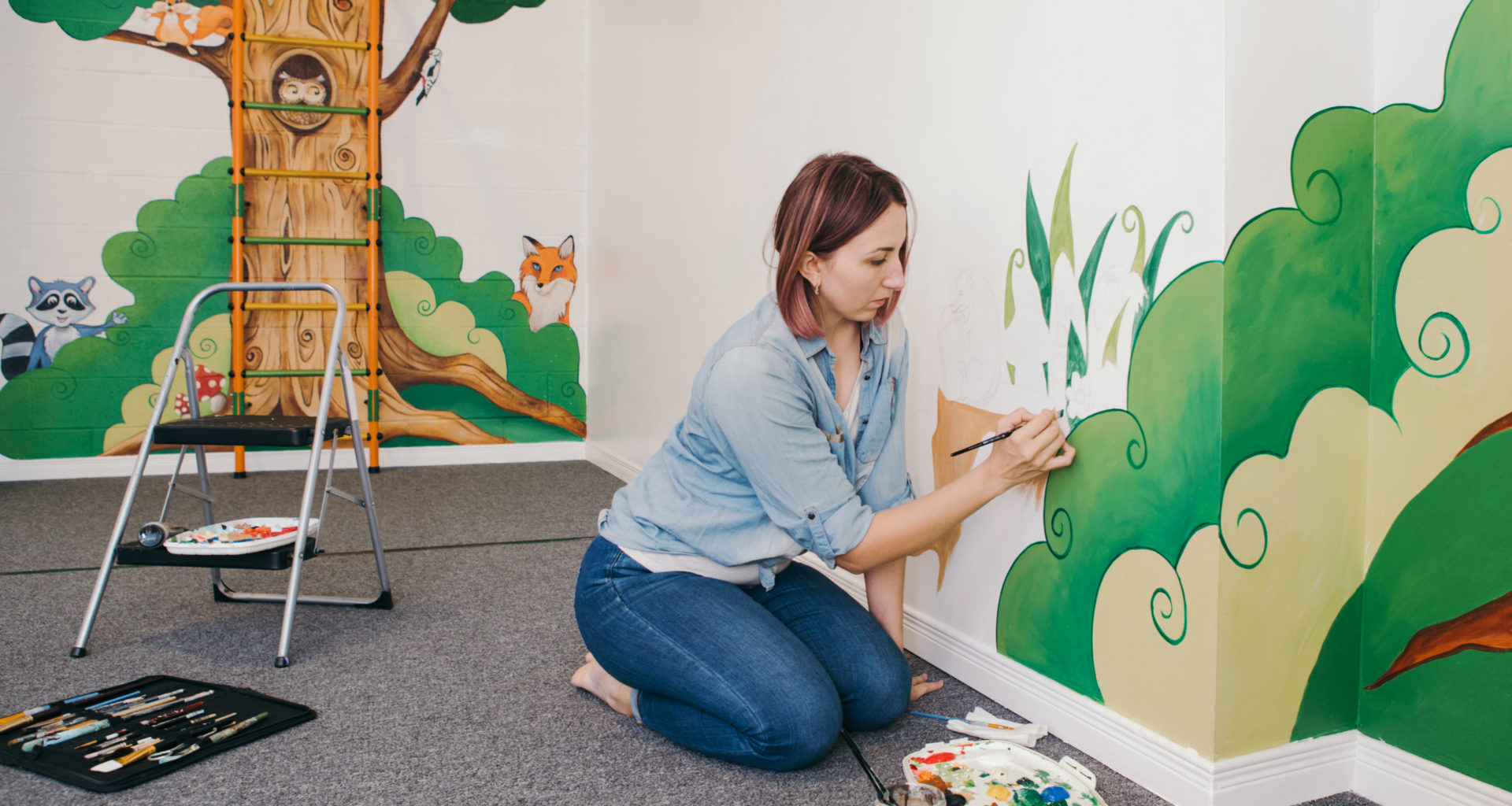From celebrating local history to encouraging visitors, art can have a profoundly positive impact on our public and corporate spaces. For startups wishing to build their brand and cement their place in the local community, employing the skills of artists and supporting public art projects can be an excellent means of doing so.

While art is primarily considered to provide social and cultural benefits to the society it exists in, it also has commercial advantages. In 2019, the value of arts and cultural production in the U.S. was $919.7 billion. In the UK, arts and culture contributed £10.47 billion to the economy. There are financial advantages for businesses that support the arts. The two primary methods for doing so include:
Providing sponsorship
Sponsorship is the main way that brands and businesses have historically helped arts and culture projects in their local area, and this can take a variety of forms. A business may offer direct financial assistance (for example, covering 10% of the cost of an art installation or theatrical performance), donate goods or services (or provide them at cost price), fundraise among staff, advertise in company promotional materials or supply manpower.
Installing art in your retail, office or corporate space
Another way startups and businesses can support the creative industries is by engaging the services of an artist or designer to provide art for their business premises. For example, a cafe may have an illustrator paint their walls with characters and designs, or a company make its office space more appealing by commissioning a sculpture.
For entrepreneurs navigating the early days of their business, becoming involved in public and corporate art may not be seen as a strategic priority. However, this may be an oversight, as supporting the arts can significantly raise the profile of a new brand and become a profitable policy for business growth, all while serving the demands of corporate social responsibility. But what are the mechanisms through which involvement in the arts can lead to greater success for startups?
Most Popular: The Benefits of Encouraging Creativity and Innovation in the Workplace
Collaborations between artists and businesses are positive PR.
Whether you are part of a team bringing a piece of public art from concept to reality or a shop owner who has employed an artist to create eye-catching window art, it is often the case that local press, design blogs and community groups will be interested enough in the project to spotlight both the art itself and those who had a hand in bringing it about.
Art can create discussion (as everyone has their own opinions and preferences), but it is very rarely poorly received — with people, in general, considering any kind of artistic endeavor as a net good to the community. So whatever style or medium of art you choose to support is likely to be seen favorably in the press and beyond, and create a positive buzz around your business.
It helps to build your brand.
Startups can find the transition from “business” to “brand” a little tricky: How does a new company go about inserting itself into the hearts and minds of its customers? Alongside all the usual considerations of design, personality and tone of voice, you can demonstrate your ethics and values as a company through the kind of art you choose to support and the nature of your involvement.
For example, you can communicate your commitment to the community and art in general by supplying projects with the materials they need to be completed, which also serves to highlight your value as a supplier. Alternatively, you may demonstrate your skill as a manufacturer by assisting in art fabrication, or show your brand’s quirky and memorable personality by spotlighting an unusual or less well-known artist.
Your business will be exposed to a new audience.
Supporting public or corporate art can help brands raise their profile to audiences they haven’t yet reached, and this is especially helpful for startups as they begin to establish their place in the market. The artist you collaborate with will be keen to promote their work and is likely to discuss your brand with their social media audience. You may even find that by using art on your business premises it becomes more “Instagrammable” — becoming photographed and shared online.
If you choose the alternative route of sponsorship instead of directly employing an artist to create work for your business, your startup can benefit from what’s known as art networking. Public art projects often require a broad team of various stakeholders at the executive level, from other businesses to local government, and your involvement can broaden your pool of contacts and establish your place as a local entrepreneur within the business community.
If you choose to support a particular organization (for example a theatre) you may even be invited onto the board with other company executives, regularly meeting with community leaders and giving you a potentially profitable boost to your personal network.
You will become part of the community.
Every entrepreneur wants to be a force for good in the society they do business in, and engaging in philanthropic activities such as becoming an advocate for the arts is a worthwhile (and very visible) way for startups to benefit their communities.
Promoting local art and culture helps communities in a variety of ways, including bolstering social cohesion, contributing to urban renewal and bringing visitors to the area. People are more aware than ever of the impact businesses have on wider society, and brands are increasingly judged by their ethics, social responsibility and community involvement.
Having a commitment to art projects and recognizing the value of cultural engagement gives startups a unique opportunity to set themselves apart in the eyes of their customers and staff, and can even increase their appeal to potential investors.






